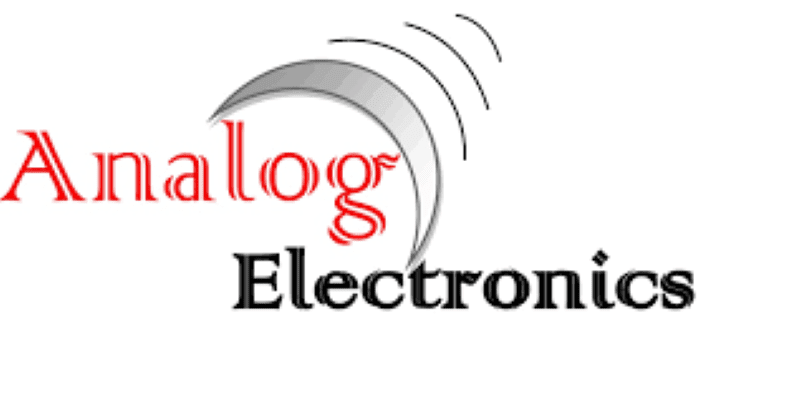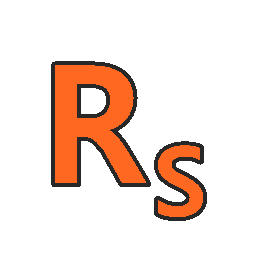
About Course
Analog electronics are electric systems with a continuously variable signal, in contrast to digital electronics where signals usually take only two levels. The term “analog” describes the proportional relationship between a signal and a voltage or current that represents the signal.
This is a basic analog electronics course. The most important objective for electronic circuits is to build an amplifier. This course will develop the principles behind the design of an amplifier. You should be able to design an operational amplifier independently well before the end of the course. The course will use MOS devices exclusively. Other analog circuit building blocks such as voltage regulators and power amplifiers will also be discussed
Course Content
Analog electronics
-
Op Amp Nonidealities II
00:00 -
Large-Signal & Small-Signal Operation
00:00 -
Biasing, Transconductance
00:00 -
MOS Characteristics II
00:00 -
MOS Characteristics I
00:00 -
Intro. to MOSFETs
00:00 -
Emitter Follower & Summary
00:00 -
Emitter Followers
00:00 -
Common-Base Stage
00:00 -
Biasing Techniques II
00:00 -
MOS Small-Signal Model, PMOS Device
00:00 -
Common-Source Stage I
00:00 -
Nonlinear Op Amp Circuits, Op Amp Nonidealities I
00:00 -
Op Amp Circuits II
00:00 -
Op Amp Circuits 1
00:00 -
Source Followers & Summary
00:00 -
Common-Gate Stage
00:00 -
Biasing Techniques, Intro. to Common-Gate Stage
00:00 -
Common-Source Stage with Degeneration
00:00 -
Common-Source Variants
00:00 -
Common-Source Stage II
00:00 -
Biasing Techniques I
00:00 -
More on Emitter Degeneration
00:00 -
Common-Emitter Stage with Degeneration
00:00 -
Half-Wave Rectifier with Different Loads
00:00 -
Other Examples of Diode Circuits, Half-Wave Rectifier
00:00 -
Analysis of Diode Circuits II
00:00 -
Analysis of Diode Circuits I
00:00 -
Diode Models
00:00 -
PN Junction in Forward Bias, Intro. to Diodes
00:00 -
PN Junction in Equilibrium & Reverse Bias
00:00 -
Diffusion, Intro. to PN Junction
00:00 -
Doping, Drift
00:00 -
Full-Wave Rectifier
00:00 -
Limiters and Voltage Doublers
00:00 -
Input & Output Impedances
00:00 -
Common-Emitter Stage
00:00 -
Evolution of Ampifiers
00:00 -
PNP Transistor
00:00 -
Bipolar Small-Signal Model, Early Effect
00:00 -
Large-Signal & Small-Signal Operation
00:00 -
Transistor Biasing, Transconductance
00:00 -
Bipolar Transistor Characteristics, Intro. to Biasing
00:00 -
Bipolar Transistor Structure & Operation
00:00 -
Intro., Charge Carriers, Doping
00:00
Student Ratings & Reviews

No Review Yet
